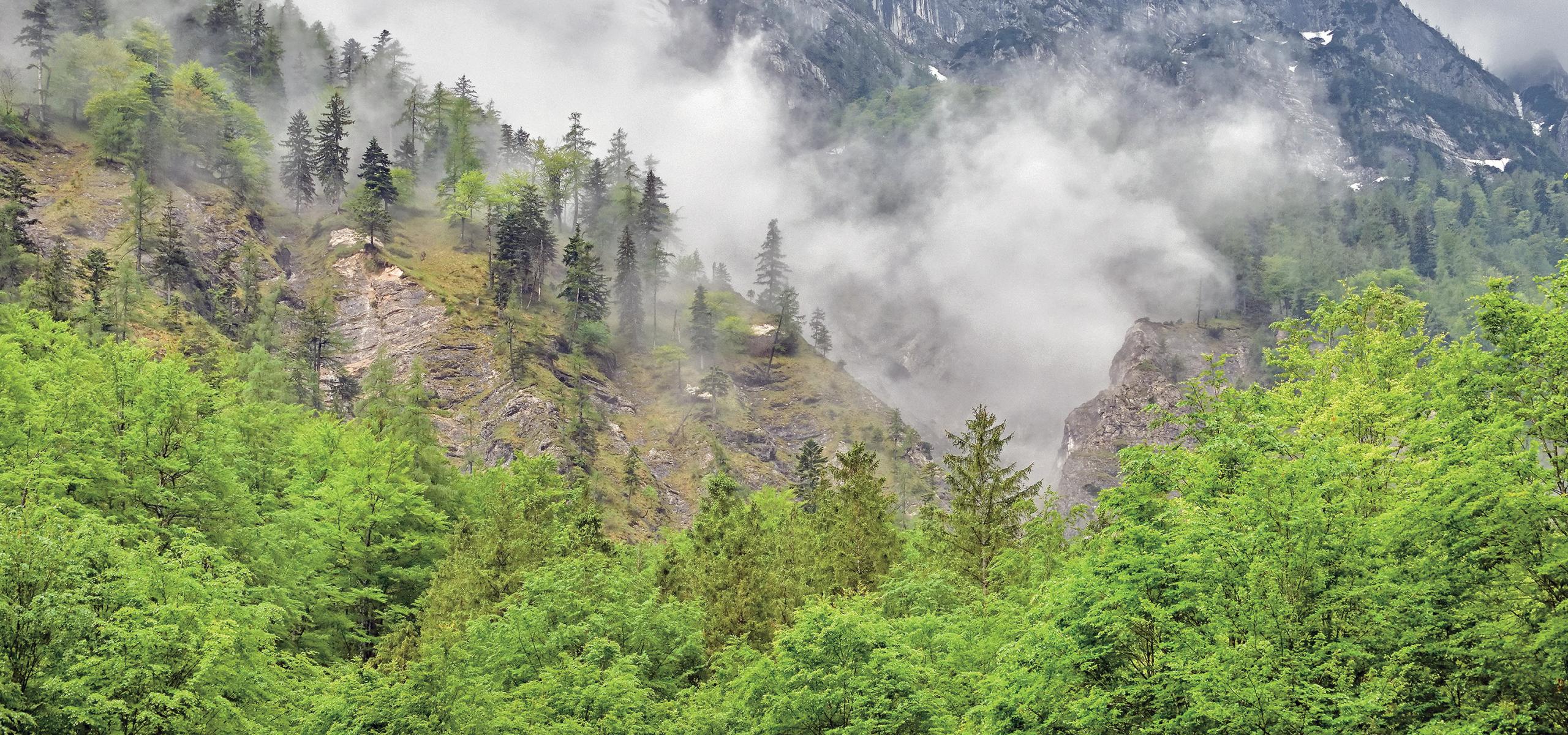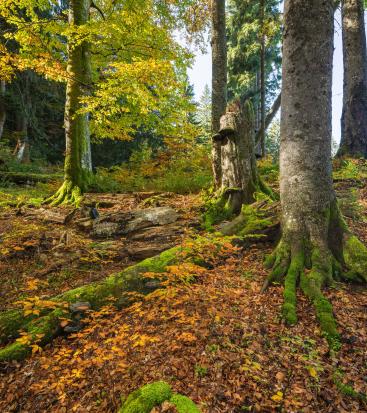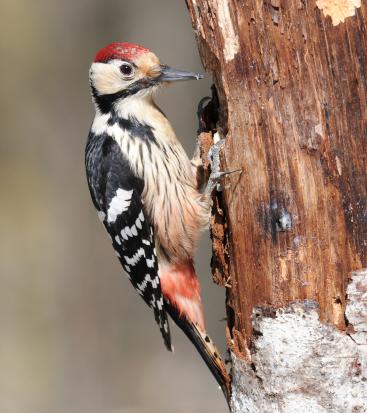
Kalkalpen National Park
Wild and species-rich
The Kalkalpen National Park in Sengsengebirge and Reichraminger Hintergebirge is an internationally recognized protected area according to IUCN category II and is represented as a European protected area in the Natura 2000 network. Covering an area of around 209 km², Kalkalpen National Park protects Austria's last great forest wilderness. At Kalkalpen National Park , native animals and plants find the habitat they need. The high number of primeval forest species, which can only survive in forests with old trees and sufficient deadwood, is remarkable. The ancient beech forests in Kalkalpen National Park have been a UNSECO World Heritage Site since 2017, a high accolade for the protected area. Especially in an age of rapid species extinction, including in Austria, the Kalkalpen National Park is a Noah's Ark for the local flora and fauna.

209 square kilometers
for nature
Opened July 25, 1997
Internationally recognized IUCN category II, Ramsar and European protected area, UNESCO World Natural Heritage Site
Area Sengsengebirge and Reichraminger Hintergebirge
Size 20,850 hectares, of which
Forest 81 %
Mountain pines 8%
Alpine pastures and meadows 6%
Rock and scree 5 %
Land ownership
88% Republic of Austria
11% Private ownership
1% Municipal ownership

Natural
Special features
Austria's largest forest wilderness:
30 forest communities, primeval forest areas
Largest beech forest reserve in the Alps
Oldest beech tree in the Alps - 550 years old
Longest natural stream system in the Northern Limestone Alps, over 800 springs
Home to 55 mammal species, including 17 bat species, 80 breeding bird species, including 6 woodpecker species; Primeval trout
Enormous number of beetle species, including 41 confirmed primeval forest relict species such as the alpine longhorn beetle and large flat beetle
Rareforest bird species such as the white-backed woodpecker, great horned owl and pygmy flycatcher in high densities
1000 different flowering plants, mosses and ferns, 42 wild orchid species
1560 butterfly species, no other protected area in Austria has so many known species
Returning species: Golden eagle, otter, lynx and peregrine falcon have returned, the black stork is a newcomer
Unique: the world's only occurrence of a cave ground beetle species in the Sengsengebirge


